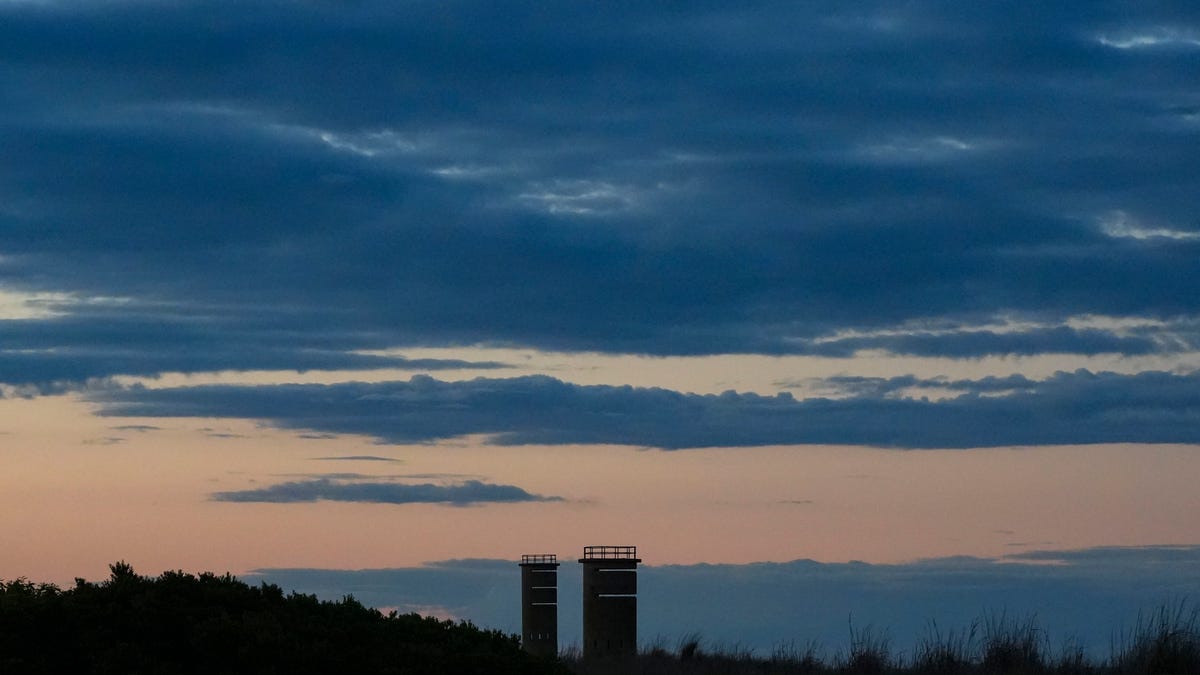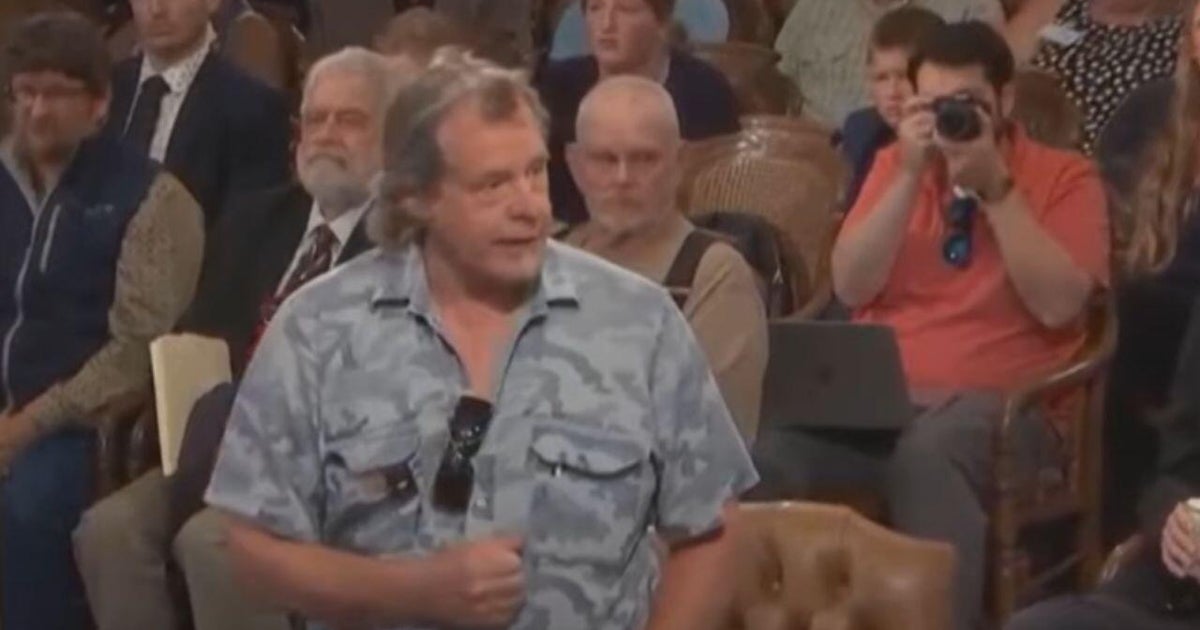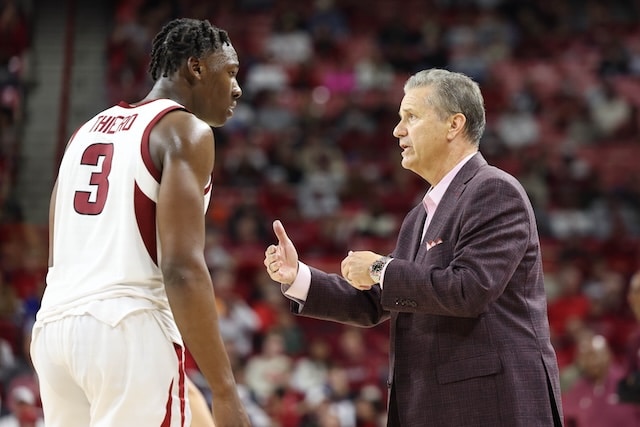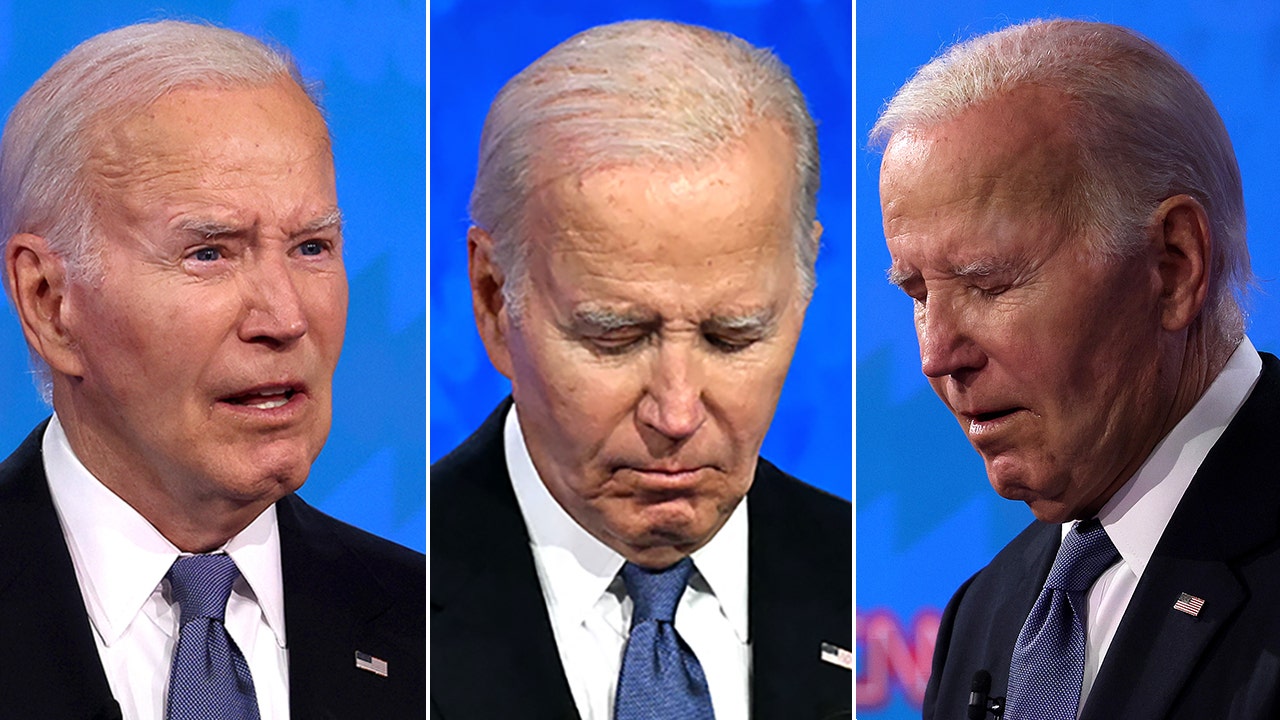World
Myanmar’s jungle war: ‘If I don’t die now, when will I?’
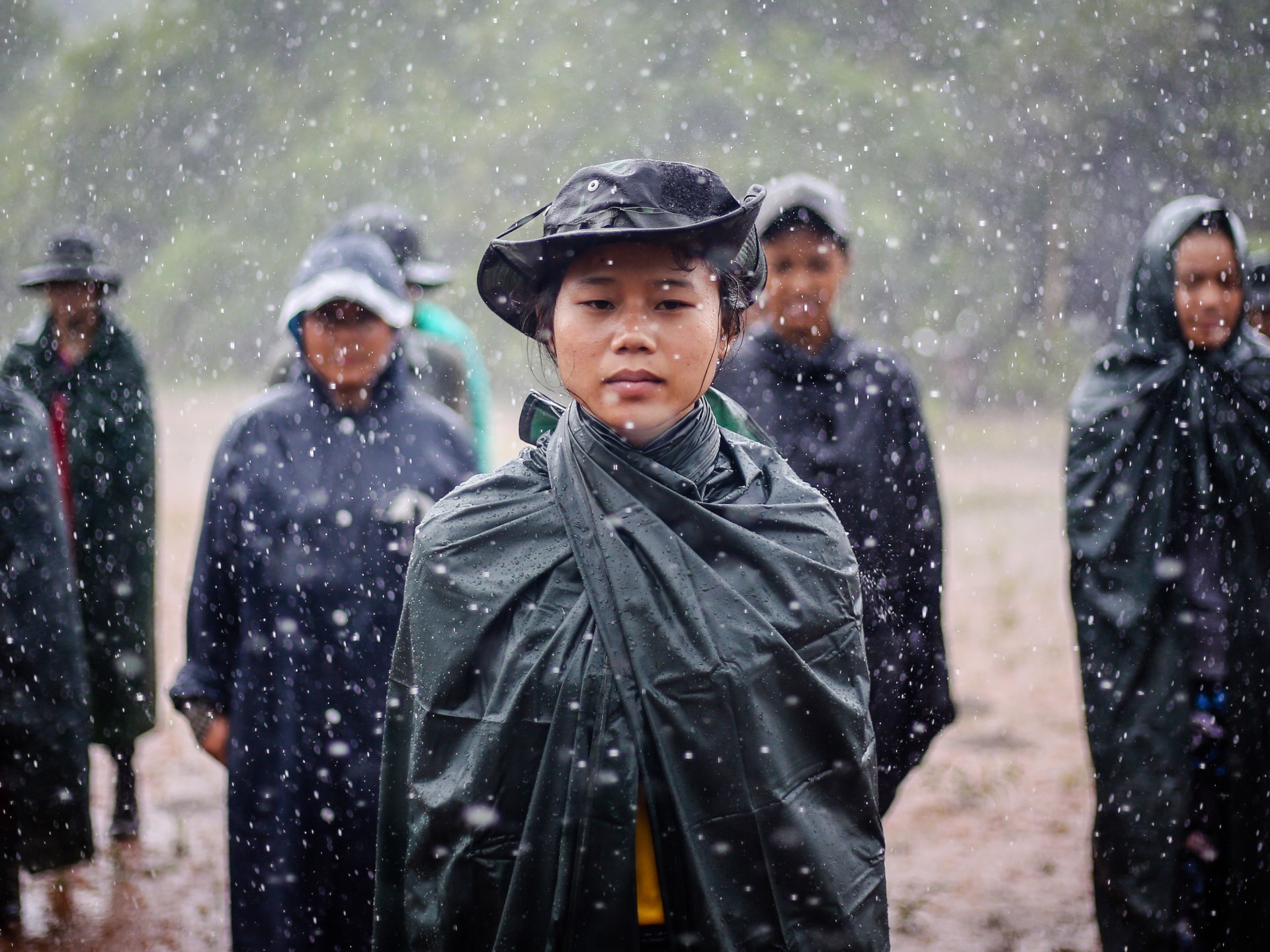
Demoso, Eastern Myanmar – The rebel commander studies a chicken bone in a search for clues as to the fate of his coming attack against the Myanmar military.
Scraggly bearded Reh Du, 27, frowns. The signs from the bone are mixed.
Nevertheless, his underlying confidence in the plan of attack against Myanmar’s military in the hills of eastern Kayah state is steadfast.
“I believe we will win,” the shrapnel-scarred fighter says after his act of divination – a practice these ethnic Karenni fighters embrace in uncertain times.
“Today or tomorrow,” he says.
Around Reh Du and his prophecy ritual, villagers in the conflict-torn township of Demoso celebrate Karenni new year, dancing under totem poles to the beat of traditional drums and the distant thunder of artillery shells.
Like the other ethnic minorities of Myanmar’s borderlands, the Karenni have fought against persecution by the military for decades in Kayah state, which is located between Myanmar’s capital Naypyidaw and the border with Thailand to the east.
Kayah has also witnessed one of the most coordinated rebellions in the country since Myanmar’s military seized power from an elected government in February 2021.
The brutality of the crackdown on those protesting peacefully against the military’s power grab evoked outrage, which has since boiled into a nationwide revolt.
Ethnic armed groups, such as the Karenni, have provided military training to everyday protesters who have risen against the military under the banner of the People’s Defence Force (PDF).
A striking feature of the uprising has been the range of people leaving from Myanmar’s cities – baristas, fitness instructors, marketing managers – to take part in combat training in the jungle.
As a result, the military government has lost control of most of Kayah, the smallest of Myanmar’s seven states, along with western border areas and even swaths of the military’s traditional recruiting grounds in the Magway and Sagaing regions.
Sporting a fresh tattoo of a Kalashnikov assault rifle on his forearm, ethnic fighter Reh Du is a leading figure in the Karenni Nationalities Defence Force (KNDF) – an ethnic armed group.
Interviewed earlier this year, Reh Du tells Al Jazeera he fights to protect Karenni identity and to maintain the independence of their way of life free from domination by Myanmar’s military and the authorities of the country’s majority Bamar ethnic group.
He spent eight years in a refugee camp, he says, before being jailed under the previous administration of Noble laureate Aung San Suu Kyi for protesting against the construction of a statute of her father and founder of the military, Aung San, in Kayah’s capital Loikaw.
Now Aung San Suu Kyi is herself detained by the military, recently being placed under house arrest and her 33-year jail term on corruption charges reduced by six years.
Reh Du told of worrying that if Aung San Suu Kyi was released, she might call off the uprising and the PDF’s armed operations.
“In Myanmar, the cult of personality is very strong,” he says. “If she says stop, they will stop.”
He also sees a difference in the commitment of fighters with financial means and other options in life compared with those who were grass-roots recruits to the struggle.
Urban recruits to the resistance often drop out, Reh Du says, leaving combat after a time to pursue other paths, such as educational and employment opportunities.
“Not only are rich people afraid to die, but our determination is not the same,” he says, telling how working-class Karenni people drive the revolution in Kayah state.
He has lost close friends in battle and he no longer sees his family because he believes the sight of their poverty will weaken his resolve to continue with the armed struggle.
“If you are a revolutionary, you cannot go back home,” he continues, explaining to Al Jazeera how being a fighter had required sacrifice in every aspect of life.
“You will see your family have nothing and you will never get strong. If you are fighting you must stay strong,” he says.


World
Exclusive: China fashion retailer Shein to file confidentially for Hong Kong IPO in rare move, sources say

World
Iran trying to 'save face' following US strike on nuclear sites, expert says
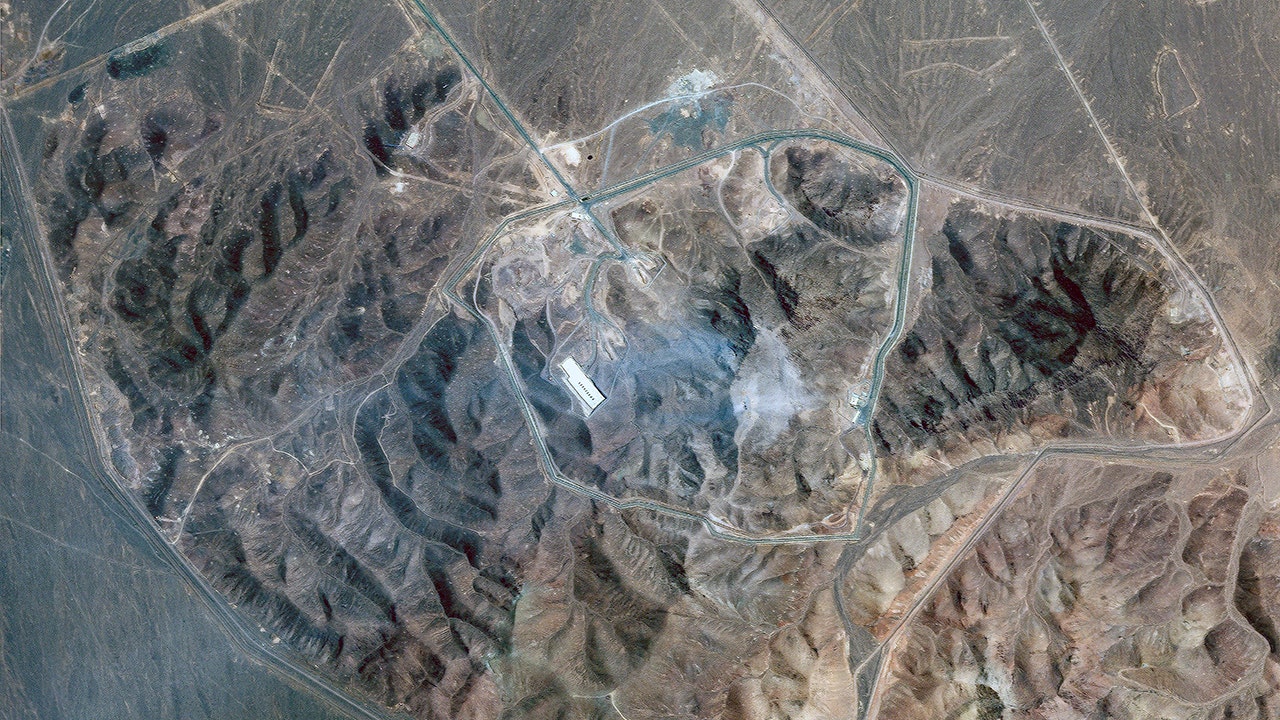
NEWYou can now listen to Fox News articles!
As the total damage to three Iranian nuclear sites continues to be assessed, one Middle East expert says that Iran’s stated assessment only reinforces U.S. and Israeli views.
Israel, which has said the strikes set the Iranian nuclear program back years, has the greatest resources in place to make a determination and the most incentive to get the facts right, Jacob Olidort, director of the Center of American Security at the America First Policy Institute, told Fox News Digital.
“Both the US and Israel say they achieved their objectives,” Olidort said. “Israel presumably had planned around this for many years, and Israel says it has met its objectives, which is destroying Iran’s ability to enrich uranium.”
The U.S. launched a surprise strike using B-2 stealth bombers and bunker-buster bombs on Iran’s Fordow, Natanz and Isfahan nuclear facilities on Saturday.
HEGSETH TEARS INTO REPORTERS, ALLEGING THEY ‘CHEER AGAINST TRUMP’ AND IRAN STRIKES
This satellite picture by Planet Labs PBC shows Iran’s underground nuclear enrichment site at Fordow following U.S. airstrikes targeting the facility, on Sunday, June 22, 2025. (Planet Labs PBC via AP)
Some media reports have pushed back on the Trump administration’s claims that the sites were destroyed and set Iran back years in its quest to achieve a nuclear weapon.
Iran’s Foreign Ministry spokesman Esmail Baghaei on Wednesday told Al Jazeera that “our nuclear installations have been badly damaged, that’s for sure,” though he refused to go into detail.
ISRAEL-IRAN CONFLICT: LIVE UPDATES
Olidort said that “everything Iran is doing now is to save face.”
‘THE MISSION WAS ACCOMPLISHED’: SENATE REPUBLICANS PUSH BACK AGAINST LEAKED REPORT ON IRAN STRIKES
“We should never take anything Iran says at face value, but their assessment can only reinforce the views of Israel and the U.S. view,” he said.

Map of US strikes on Iran. (Fox News)
The head of the U.N. nuclear watchdog, International Atomic Energy Agency Director Rafael Grossi, reiterated on Thursday that the damage done by Israeli and U.S. strikes at Iranian nuclear facilities “is very, very, very considerable.”
“I think annihilated is too much, but it suffered enormous damage,” Grossi told French broadcaster RFI.
The Associated Press contributed to this report.
World
Protecting children online: The time to act is now
If we are genuinely committed to ensuring that the digital world fosters healthy development, learning, and meaningful connection, then decisive action must be taken now, 21 ministers from 13 EU member states write in a Euronews exclusive.
-

 Arizona1 week ago
Arizona1 week agoSuspect in Arizona Rangers' death killed by Missouri troopers
-
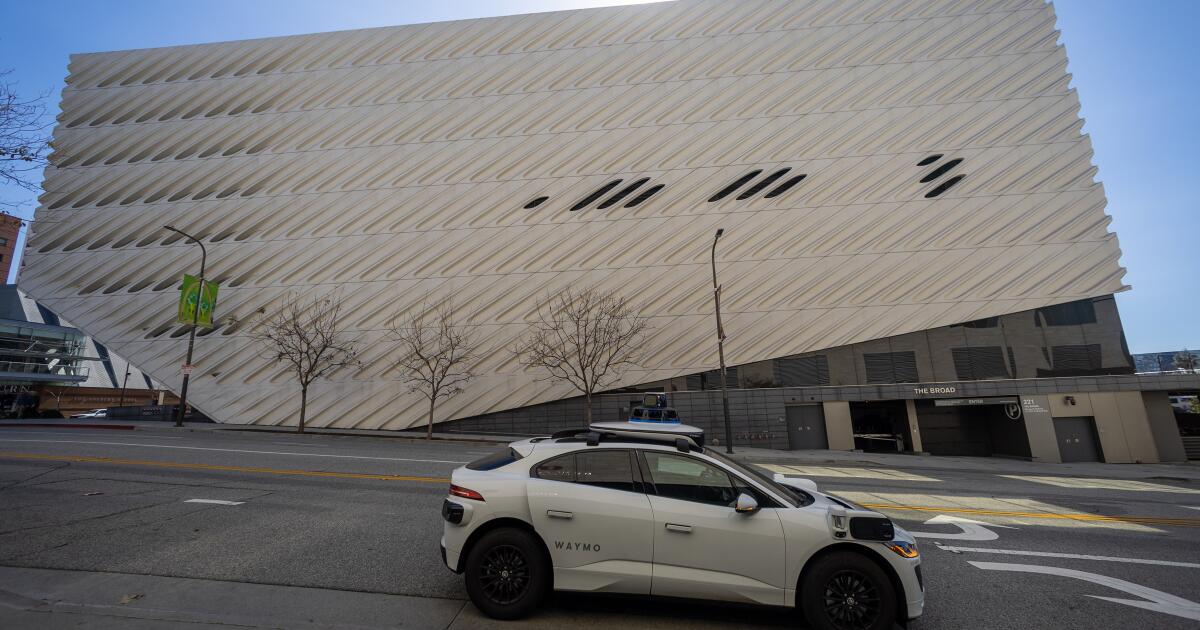
 Business1 week ago
Business1 week agoDriverless disruption: Tech titans gird for robotaxi wars with new factory and territories
-

 Technology1 week ago
Technology1 week agoSenate passes GENIUS stablecoin bill in a win for the crypto industry
-

 Business1 week ago
Business1 week agoProtesters are chasing federal agents out of L.A. County hotels: ‘A small victory’
-

 Technology7 days ago
Technology7 days agoMeta held talks to buy Thinking Machines, Perplexity, and Safe Superintelligence
-

 Technology1 week ago
Technology1 week agoSpaceX Starship explodes again, this time on the ground
-

 Technology6 days ago
Technology6 days agoSamsung’s Galaxy Watch 7 has returned to its lowest-ever price
-

 News1 week ago
News1 week agoVideo: Inside Trump’s Shifting Stance on Iran

